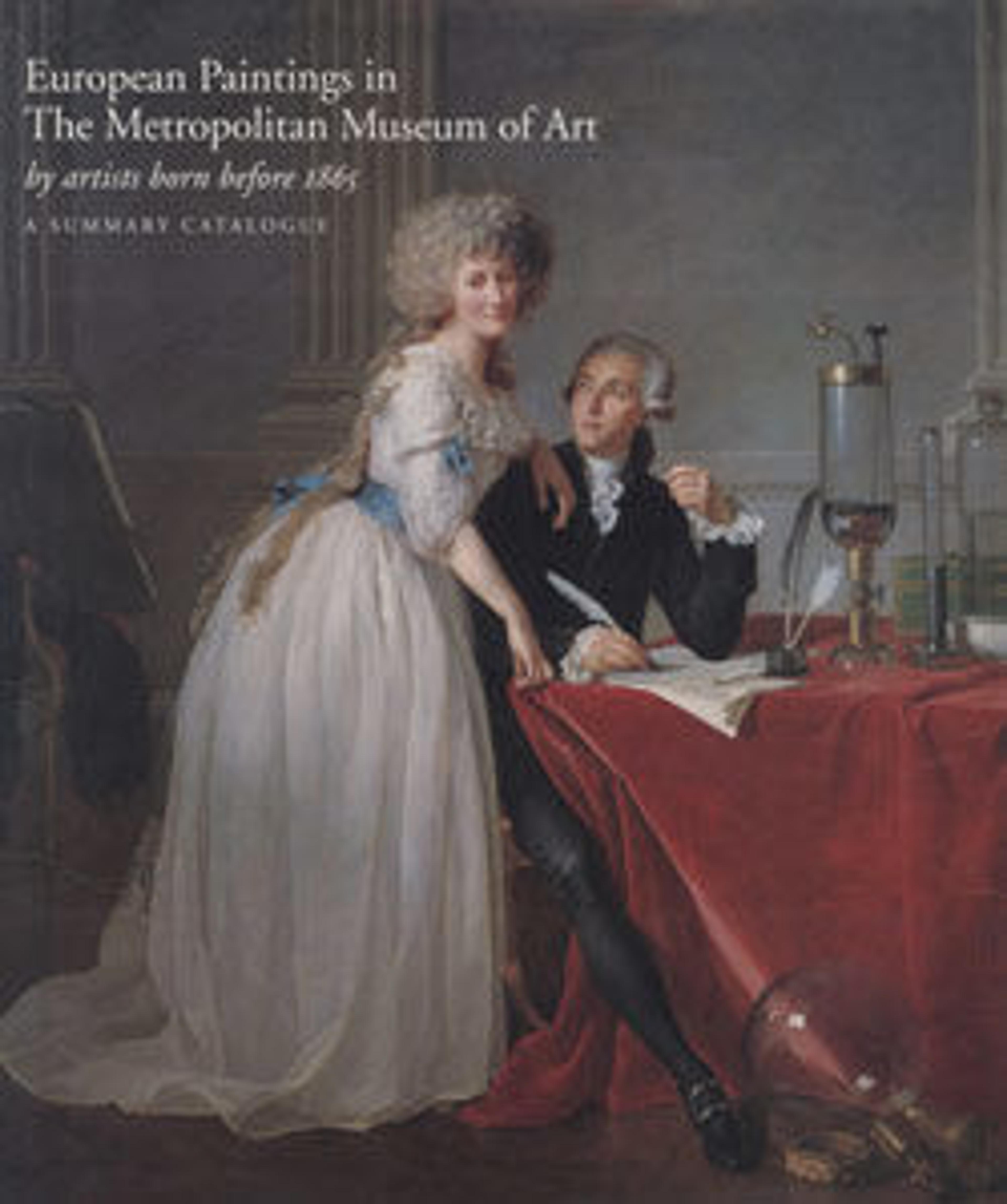The Virgin
The present painting is the second in a sequence of five panels from a dismembered banco (predella) that may have formed part of the same altarpiece. The four others are, in sequence: 1) Saint Barbara (formerly Nathan Ottinger collection, New York), 4) Saint John the Evangelist (formerly Ottinger collection), 3) the Man of Sorrows (Campion Hall, Oxford), and 5) Saint Catherine of Alexandria (Hans Brantschen collection, Monte Carlo, from 1980). The paint surface of the present painting is much abraded, but the picture preserves its original gold ground and part of its engaged frame.
Artwork Details
- Title: The Virgin
- Artist: Spanish (Catalan) Painter (second quarter 15th century)
- Medium: Tempera and oil on wood, gold ground
- Dimensions: Overall 18 3/4 x 15 7/8 in. (47.6 x 40.3 cm)
- Classification: Paintings
- Credit Line: Gift of Walter C. Baker, 1952
- Object Number: 52.35
- Curatorial Department: European Paintings
More Artwork
Research Resources
The Met provides unparalleled resources for research and welcomes an international community of students and scholars. The Met's Open Access API is where creators and researchers can connect to the The Met collection. Open Access data and public domain images are available for unrestricted commercial and noncommercial use without permission or fee.
To request images under copyright and other restrictions, please use this Image Request form.
Feedback
We continue to research and examine historical and cultural context for objects in The Met collection. If you have comments or questions about this object record, please contact us using the form below. The Museum looks forward to receiving your comments.
